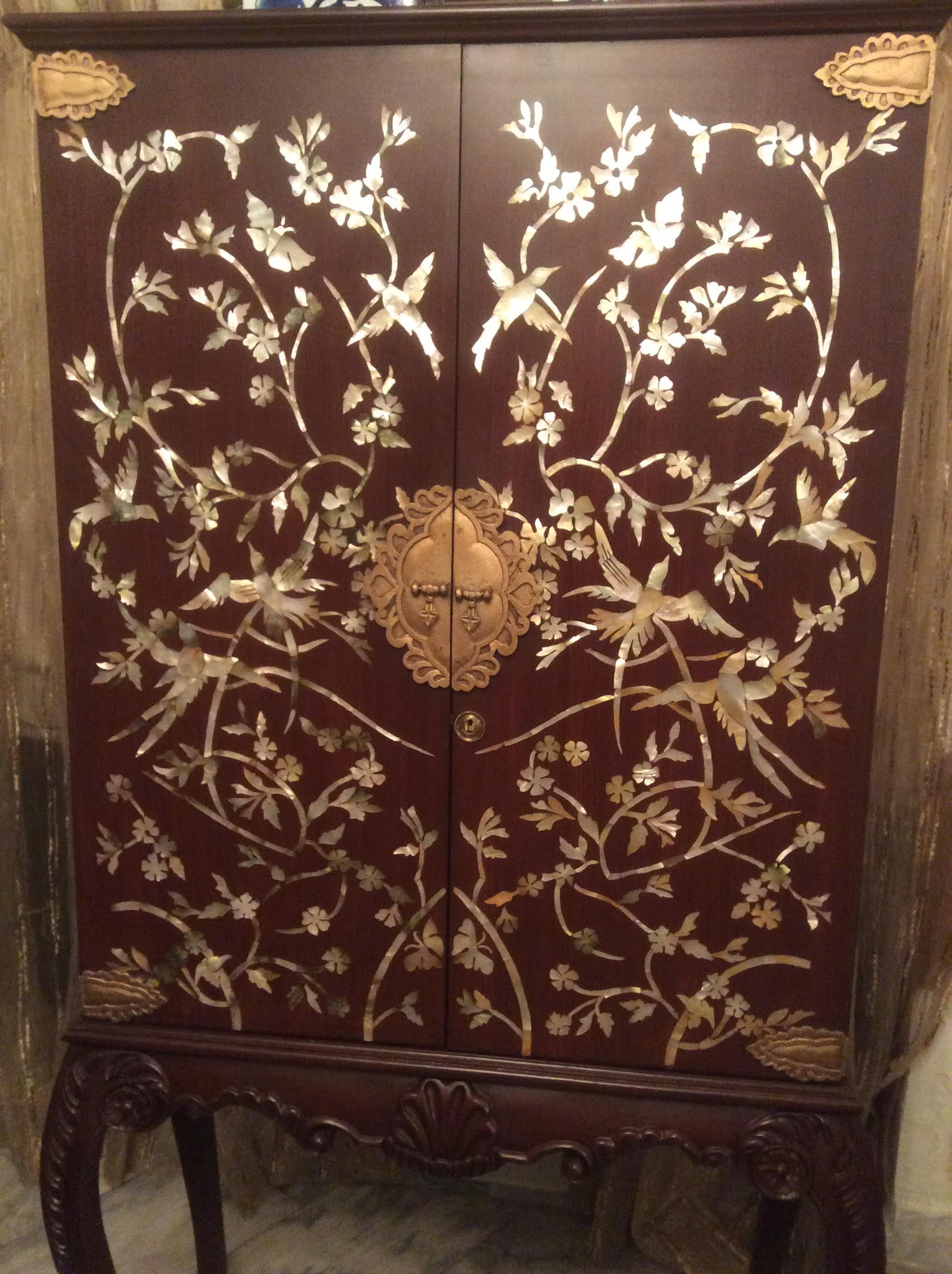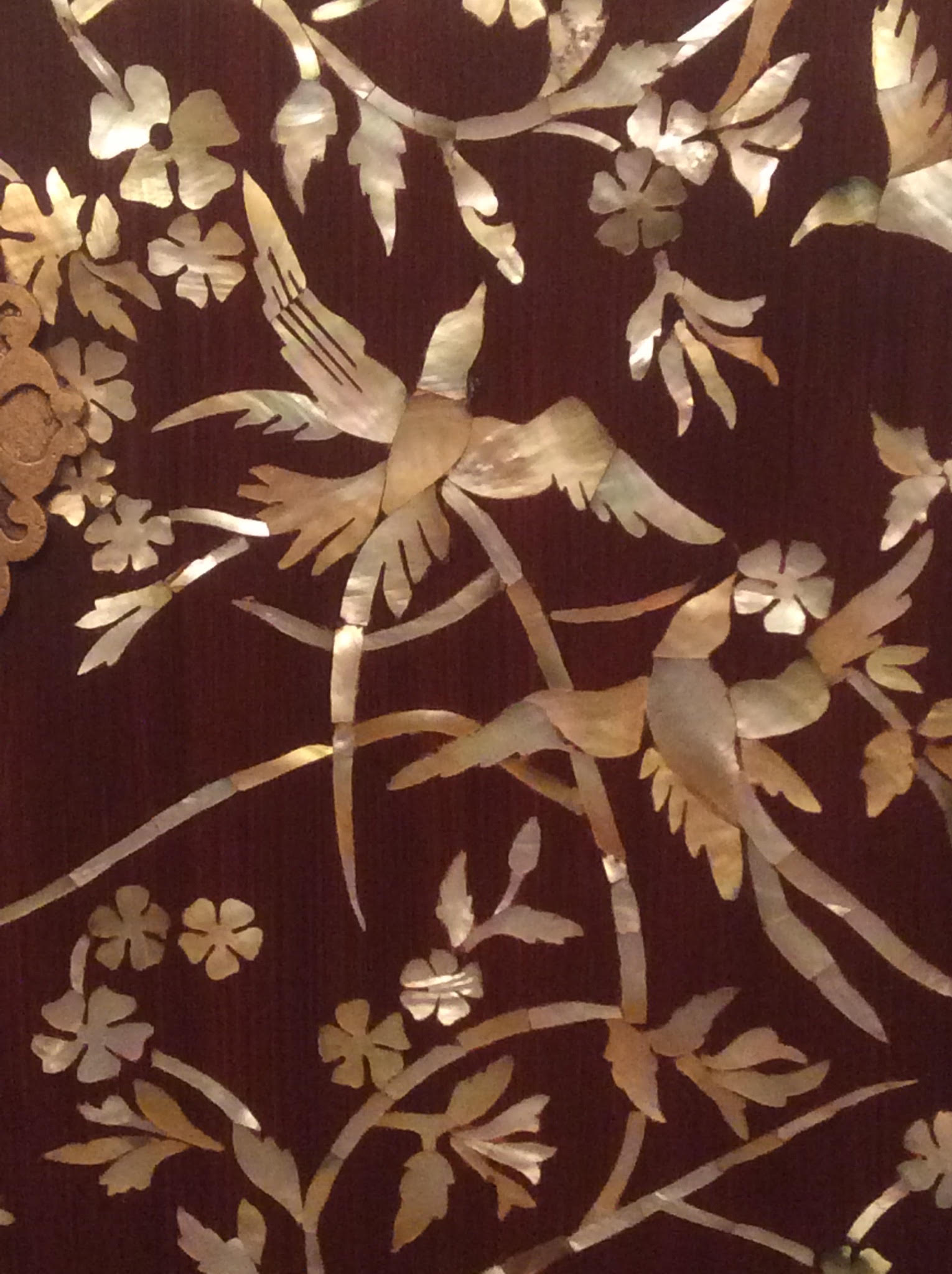Kashmir, a valley in the ancient Himalayan mountains is unique in its history of the ancient art of craftsmanship of Kashmiri shawls, a word originating from the Persian word 'shal,' a piece of long cloth . Behind this exquisite piece of wraparound lies a history unknown to the majority who wear it. It's true appreciation can only be acknowledged if you actually realise what it is that you are ...
Read More
Kashmir, a valley in the ancient Himalayan mountains is unique in its history of the ancient art of craftsmanship of Kashmiri shawls, a word originating from the Persian word 'shal,' a piece of long cloth . Behind this exquisite piece of wraparound lies a history unknown to the majority who wear it. It's true appreciation can only be acknowledged if you actually realise what it is that you are wearing.
Its history dates back to the 17th century and earlier, during the period of Akbar, a Mughal emperor who patronised the arts, culture, literature and the weaving of the beautiful shawls only by the hands of the Kashmiri weavers.He provided impetus to promote the weaving of this beautiful piece of embroidered cloth, as fine as silk, yet warm and comfortable to drape over your shoulder, worn by women and men alike.
A Pashmina and a Shahtoosh are slightly different in nature . The Pashmina is made of the fine undercoat fibres of the Changthangi,Chegu or Chyangara mountain goat found in Kashmir,Nepal and Tibet ,while the Shahtoosh or the 'king of fine wools' is produced from the fine beard hairs of the Tibetan Chiru Antelope.. The Chiru has been declared an endangered species. It can be run easily through the wedding ring ,hence popularly called the Ring Shawl. It can cost anywhere between $4000-$6000, as it has now been declared a banned item. Banned because poachers were killing the Chiru to acquire quick availability of the fibres for production and hence its sale due to growing demand . The genuine Kashmiri shawl, which is day by day becoming hard to get your hands on, is weaved using the fiber called pashm,of a particular goat , Cashmere, which lives at an altitude of above 4500 m/15000ft, in the Himalayan mountains of Central Asia, where Tibetan nomads would hunt the Chiru and and sell their fibre hairs to the Kashmiri agents , who would then have the Kashmiri artisans weave it into gorgeous eye catching handspun shawls.
These artisans belong mainly to families who have passed on this craft down through the generations , hence they became family owned businesses. These beautiful goats called Chiru, roam around wildly and freely, until they are tracked down by nomad poachers, for their valuable fur. In earlier centuries this was not the case. In June when the goat would start to molt, the animal with its thick beautiful coat would run around freely amongst the bushes where it's fiber would left behind and then collected by the Tibetan men who would sell it by weight to the Kashmiri shawl makers.Even if the goat was combed the collection was still insufficient to keep up production of a growing demanding industry , which had developed as the world became aware of the Kashmiri shawl. All elite wanted to own a piece. As the collection of this fiber was so limited and a slow process hence then production of a shawl took time making this an exquisite piece of wraparound and few in number to be sold.
It's very tricky to be able to tell the genuine from a fake Shahtoosh/ pashmina shawl. To keep up with growing international demands , manufacturers tend to use artificial fibres which look and feel exactly like the real pashm. So be sure the source your shawl from a reliable stockist and be sure that your paying the right price for what it is that your actually acquiring. Only an eye trained, and the hands that can feel and test the genuineness, can tell if it's the real thing. Just like we can not tell the difference in the qualities of diamonds similarly we can not tell the difference in qualities of shawls.
Amazing shawls come in truly amazing colours, patterns, lengths, sizes and embroideries . There are two types, the dochalla or long shawl and the rumal or square shawl. There are many interesting parts to a shawl . It could be just totally plain and solid like the popular limited in number Shahtoosh , produced solely from the fine goat hair. It is so light in weight and fine to the touch and so delicate to wear that one feels as if it just might disintegrate. A fragile shawl but so warm when worn and draped over ones shoulders. The palla, hashia, gallery , field, tanjir or end outer border and the fringe gate like an inner small border are the he parts of a shawl that are designed using different patterns and colours and needles.
A person cannot even begin to imagine the endless possibilities while creating designs and mixing colours to produce a beautiful piece of fabric artwork called a shawl.
Traditionally the pashmina shawl was plain with an intricately embroidered border with a popular motif. Different motifs were the chinaar or plane tree leaf , buta or paisley, ambhi or mango, mirchi or chilly, turang or cone, badam or almond and Kalka or flame. In itself it is a delightful experience to see the making process of a shawl. In Srinagar, only is the shawl woven . Why? Because the rafugars or weavers with this particular skill are only the Kashmiri men , women and young children as old as ten who are given talim or training of this dieing art. The seniors hunch over with the woven cloth in there hands and embroider away intricate patterns which only their eyes can see and their hands create.
There are different types of shawls as well: kani( using special wooden needles), Jami, douroukha(double sided), jaaldaar( network), ari( thick needles), plain solid shawls, paper-mache,sozni( thin needles),kalamkari( hand painted and embroidered), towel, jamavaar, ghulaabkaar, shikara . Many new designs innovations have come into the making of the shawls giving them different names as they are made using different techniques.Pure white and mouse ( gaghur as called in Kashmir the colour brown like that of a rat ) Shahtoosh is very hard to get hold of and in fact is a banned item now. Pure white is more costly as it is rare , difficult to get hold of and collect the hairs of the White Chiru. Pure Pashmina ( less expensive than Shahtoosh) is more expensive than its blended counterpart, which is blended with silk. Pure shawls Shahtoosh and Pashmina mix can cost anywhere upto $15000, as these mixed ones can only support the embroidery on it. Prices vary depending upon the fibres used, the length, the colours, the embroideries, the designs, the family that made it might also be an added factor.
To own one or many of these pieces is a privilege, truely admired by those who learn to recognise the hard weeks and years of labour that went into the seniors hunching over this piece of weaved fabric, designing it with the needle so softly slipping into and out of the shawl they now drape over their shoulders and proudly call their very own, from the heart of the valley called Srinagar, Kashmir.
Close









